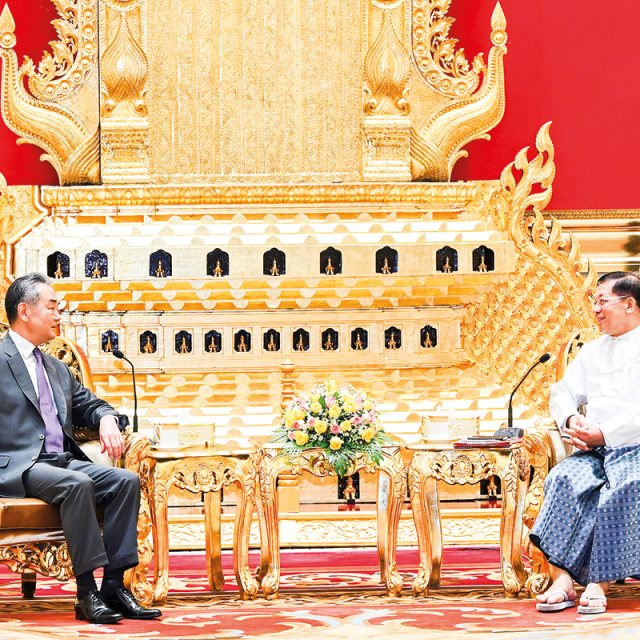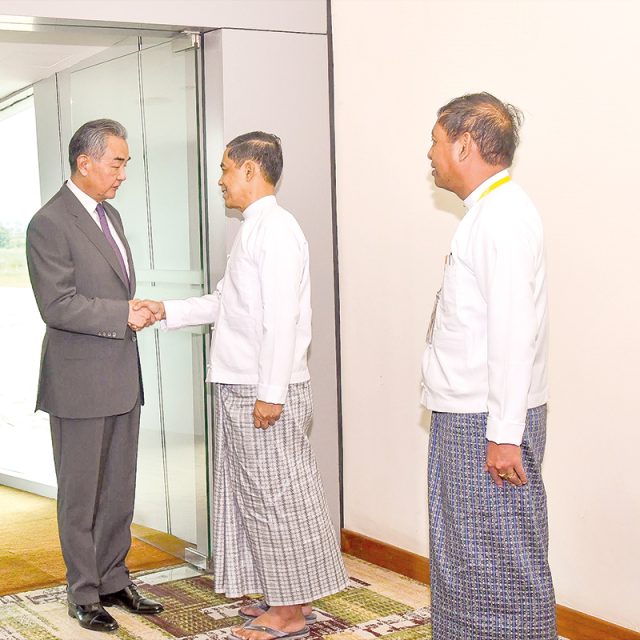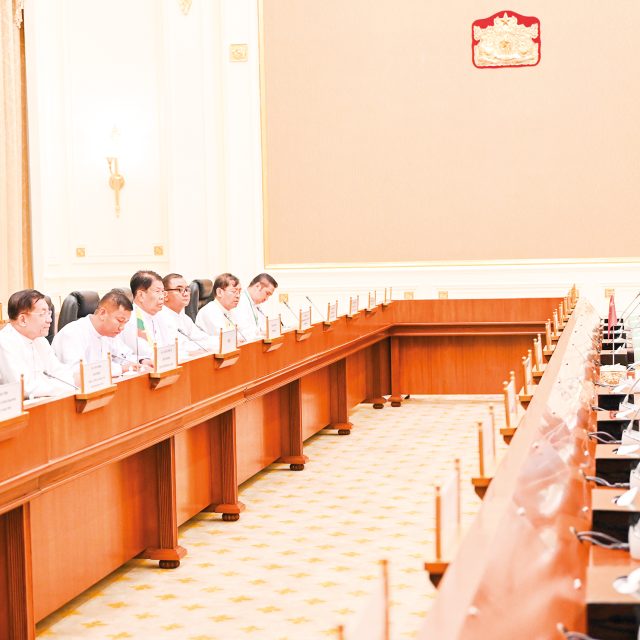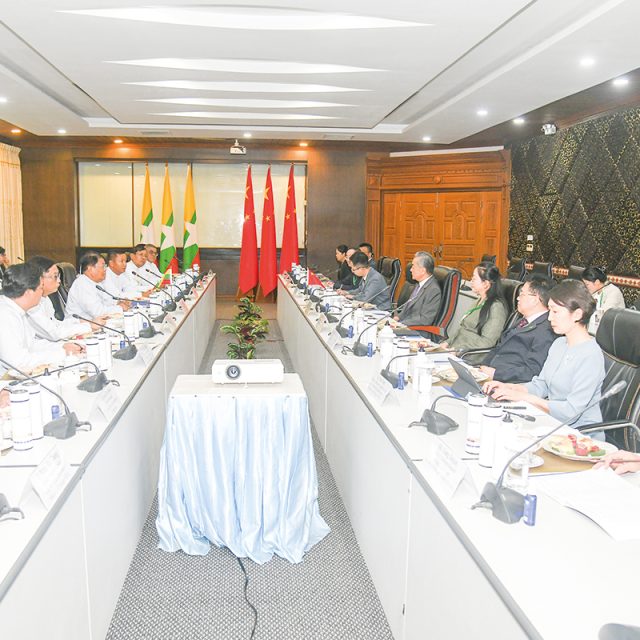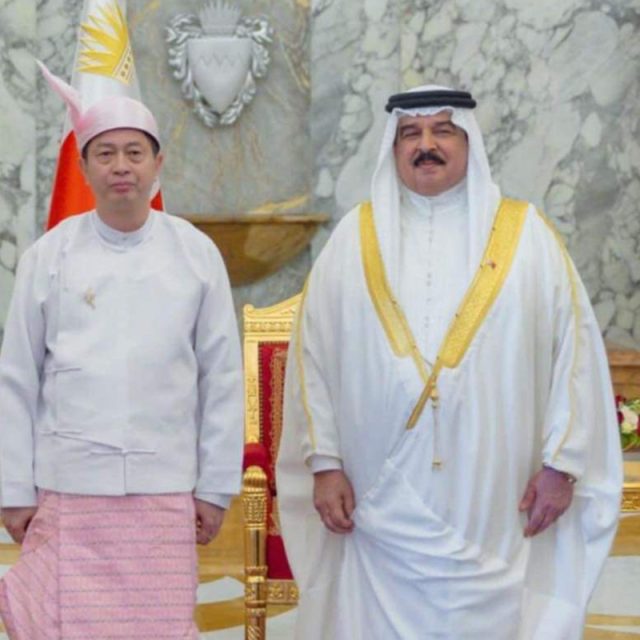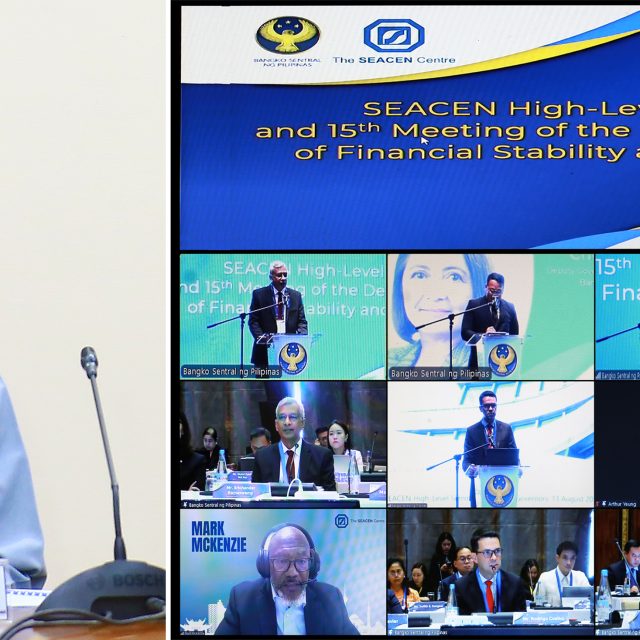India’s Neighbourhood First Policy is a reflection of the truism that neighbours are a primary foreign policy priority for any country.
India has historically committed its largest and best resources to its neighbourhood, be it economic, political or diplomatic. Today, India’s Neighbourhood First Policy is the foundation of its global outreach.
Within the country, the Policy has helped to raise awareness about the importance of the neighbourhood, and above all, it has helped the government of India. Given the diverse nature of the country and cross-border linkages rooted in history and culture, the Policy is paying dividends by promoting regional integration and advancing peace and stability.
The decision by Indian Prime Minister Narendra Modi to invite the Heads of all neighbouring countries for his swearing-in ceremony on three successive occasions in 2014, 2019 and 2024 was unprecedented. It represented an altogether new way of engaging with neighbours. The presence of the Leaders was a celebration of a common sub-continental identity. It was also a celebration of democracy.
India, by virtue of its size and resource endowments, is the partner of choice for its neighbours. India’s aid programmes amount to billions of dollars in highly concessional terms and extend to all walks of life and all sectors. These range from hard infrastructure to skilling and education to disaster preparedness. They have impacted millions of beneficiaries and transformed the remotest regions in a sustained manner. Over time, the Neighbourhood First Policy has evolved into a well-knit and integrated system.
The Policy is rooted in the philosophy of ‘vasudaivkutumbakam’, or the world is but one family and the policy of ‘sabkasaath, sab ka vikas sab ka vishvas’. It thereby embodies the principles of universality, equity and fairness. Apart from development, regional integration is a key objective. This is achieved by putting in place asymmetric and resilient connectivities involving people-to-people movement, air, rail, road links, energy pipelines and supply and value chains. Neighbours are given the first right of access to the Indian market, Indian educational institutions and Indian medical facilities.
The growth of the Indian economy serves as the engine of regional growth. It commits India to share its economic successes and enable neighbours to benefit from economies of scale. The Neighbourhood Policy is the embodiment of the principle of ‘prosper thy neighbour’. The record shows that the economic performance of those who have moved faster with integration has been better than others. Conversely, those countries which have integrated more with India have better withstood external shocks.
India has come to the aid of its neighbours in times of difficulty, such as during the COVID crisis, the energy and food price shocks after the Ukraine conflict, or even in times of natural disasters. Notable examples in the recent past include the provision of urgent humanitarian aid to Afghanistan, the economic bailout of Sri Lanka, the supply of vaccines and essential commodities to Bangladesh and budgetary support to the Maldives immediately after the pandemic. India is thus not only a first responder but also a safety net for its neighbours.
The Policy is characterized by country-specific targeted interventions rather than a one-size-fits-all approach. Focus on building mutually beneficial bilateral partnerships lies at the heart of the Policy. Where necessary, mechanisms have been put in place to promote sub-regional cooperation. A sub-regional power grid is taking shape between Nepal, Bhutan and Bangladesh, passing through Indian territory.
It is recognized that peace and security are indispensable conditions for progress. The Policy is geared to be sensitive to and respect each other’s sovereignty and security concerns. The philosophy is that security is mutual and not a zero-sum game, whether it relates to terrorism or climate change. Capacity building is a key means to achieving security for all.
In recent years, the vision of the neighbourhood has extended to regions beyond the sub-continent. These include the Indian Ocean Region, West Asia and the Gulf States, Central Asia and East Asia. These regions are given priority in the allocation of resources and attention so as to rebuild the linkages that existed in the pre-colonial era and to shape new ones. India’s influence and imprint on this broader geography are growing rapidly.
India’s Neighbourhood First Policy is ambitious and bold. It is neither dogmatic nor doctrinaire. It is successful because it is responsive and sensitive to the needs of the times.
(Views expressed in the article belong solely to the author).






